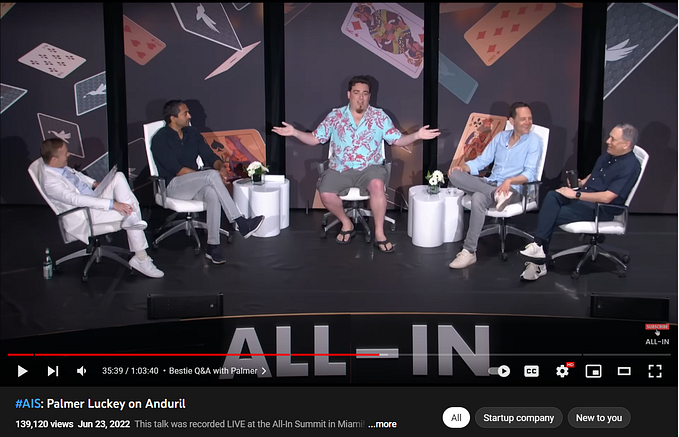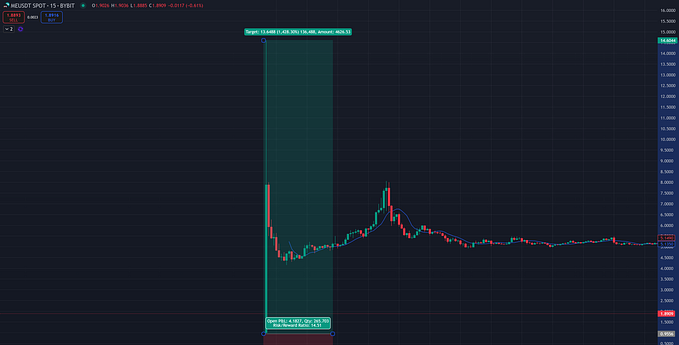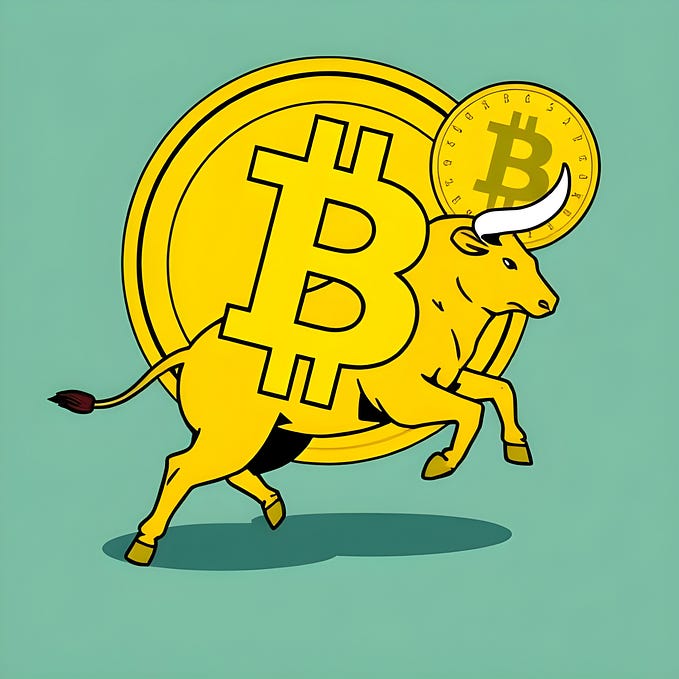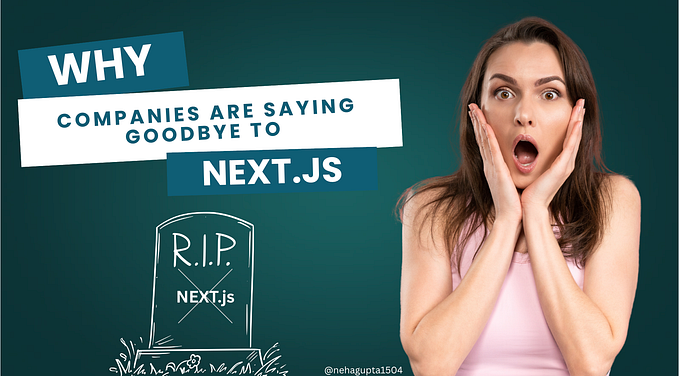Context is King
The surprising limits to our methods.
Waterfall. A lot of us have used it for managing projects and it did the job. Right?
If we did a mental tally of when the Waterfall method helped (vs. hindered) us in delivering a project, perhaps it would look like this:

Is that graph helpful? Not really.
What if we instead created a different graph, one that compared the success of Waterfall projects in meeting deadlines against varying levels of confidence/uncertainty in the project requirements?

Yes, that feels more helpful. But why?
All knowledge starts with theory — that is, an expectation about reality. Without theory, there is no knowledge. There is nothing to be learnt from the first graph.
In the second graph, we started with a revised theory — that Waterfall will generally help us deliver projects on time as long as the requirements are certain. The graph helped us validate that theory (n.b.: albeit only through correlation, not causation).

Any method — be it Waterfall, Design Thinking, Six Sigma — is sensitive to the context in which that method is used. There is no ‘better’ method, just one that is ‘better-suited’ to the context. There is no one ring to rule them all.
In this case, the revised theory suggests that the success of Waterfall depends on the level of uncertainty (and likely other aspects, such as volatility, complexity, ambiguity and decision-making power distribution).
Realising that every method has limits in its applicability helps us create space for other methods to exist in our heads. It is now clearer that in uncertain contexts we should consider methods other than Waterfall. In some contexts it could be Agile as a method to bring forward feedback and thereby reduce uncertainty, and in other cases it could be Design Thinking as a method of finding customer clarity in confusion and ambiguity. Or in other contexts, it may be both.

Theories are our internal models of a complex reality. They will therefore always be oversimplifications. They will always be approximately wrong. We must be sensitive to when we step outside the limits of our theories, and find the better method for the context.
Want to learn more?
W. Edwards Deming’s Theory of Profound Knowledge can help us systematically understand the limits of our knowledge, and push forward the knowledge threshold. This can also supported by the Toyota Improvement Kata.
N.b.: I’m certainly no expert in epistemology, and invite feedback!
The Curious Coffee Club is a gathering place for leaders who are serious about preparing for our new world, helping them learn and exercise tools for survival. Interested? Let’s connect!







